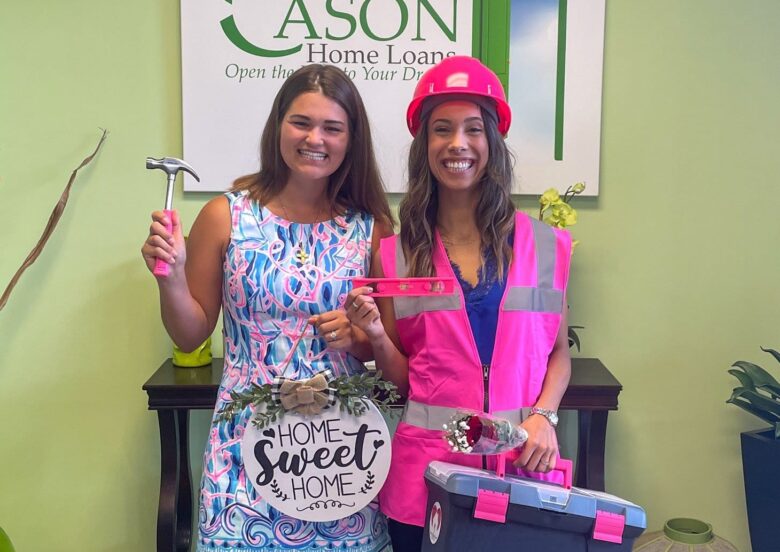Owning or renting a property inevitably comes with one common factor: wear and tear. But how do you distinguish between normal aging and actual damage? Whether you’re a landlord, property manager, or tenant, understanding this distinction is crucial for maintaining a harmonious rental relationship and protecting your investment.
What is Normal Wear and Tear?
Normal wear and tear refers to the natural aging of a property or its fixtures due to regular use over time. Examples include:
- Faded paint: Over time, exposure to sunlight and daily activities can cause paint to lose its vibrancy.
- Worn carpets: High-traffic areas in a home often show signs of thinning or slight discoloration.
- Loose door handles: Continuous usage can result in slightly wobbly or loose handles.
These issues are considered routine and are not the tenant’s responsibility to repair.
What Qualifies as Property Damage?
Property damage, on the other hand, occurs when neglect, accidents, or intentional misuse lead to issues beyond normal wear and tear. Examples include:
- Holes in walls: Beyond minor nail holes, large gashes or intentional damage are classified as property damage.
- Stained or burned carpets: Irremovable stains or burns caused by negligence.
- Broken fixtures or appliances: A result of misuse or lack of care, such as slamming doors or overloading appliances.
How to Document and Address Issues?
- Move-In and Move-Out Inspections: A detailed property inspection checklist is key. At Village Management Services, we provide structured checklists that make it easy to document the condition of each room, ensuring all parties are on the same page.
- Take Photos: Visual proof of the property’s condition at move-in and move-out is invaluable. Both landlords and tenants should document everything to prevent disputes.
- Clear Lease Agreements: Outline in your lease what qualifies as wear and tear versus damage. This transparency protects both parties.
Proactive Maintenance Tips for Landlords
- Regular Inspections: Schedule periodic property inspections to address minor issues before they escalate.
- Professional Cleanings: Offering professional cleaning services before new tenants move in sets the standard for care.
- Quality Materials: Invest in durable fixtures and finishes that can withstand years of use.
Tenant Tips for Preventing Disputes
- Communicate Promptly: Report maintenance issues or accidental damage as soon as possible.
- Practice Care: Avoid heavy furniture dragging, overloading shelves, or other actions that can cause avoidable damage.
- Know Your Lease: Understand what’s expected of you in terms of maintenance and repairs.
How VMS Can Help
At Village Management Services, we specialize in bridging the gap between property owners and tenants. From detailed inspection checklists to arranging repairs and preventive maintenance, we make property management seamless. Our team ensures properties remain in pristine condition while maintaining clear and respectful communication with tenants.
Let Us Take the Hassle Out of Property Management
Wear and tear is inevitable, but managing it doesn’t have to be overwhelming. Whether you’re a landlord needing expert oversight or a tenant looking for clarity on expectations, VMS is here to help.
Contact us today to learn more about how we can keep your property in top shape while fostering positive landlord-tenant relationships.





